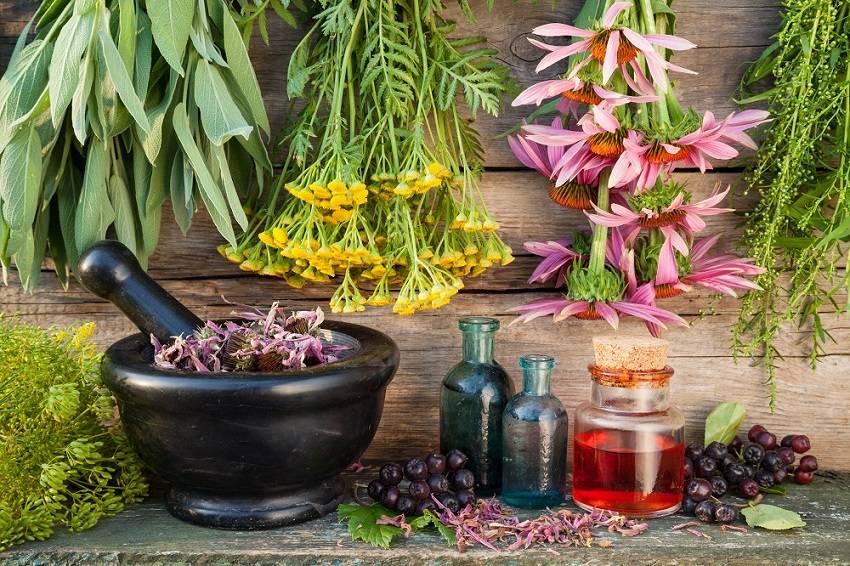
HERBS FOR THE RELIEF OF CHRONIC PAIN
Chronic pain often long outlives its original cause. It usually worsens over time and takes on a life of its own. There is probably nothing more debilitating than chronic pain. Defined as pain lasting for six months or longer, chronic pain afflicts 50 to 80 million midlife Americans and costs us over $100 billion in social costs every year.
Recent research has shown that chronic pain is destructive to the body. The longer chronic pain goes untreated, the worse it becomes. Chronic pain unleashes a cascade of harmful hormones, such as cortisol, that adversely affect the immune system and kidney function.
Much has yet to be learned about chronic pain. For instance, doctors used to think that severed nerves could not transmit pain, and nerve cutting was typically prescribed to treat pain. Cut motor nerves cause paralysis, but sensory nerves are quite different. Sometimes damage to these nerves kills them and they stay dead, causing numbness. Sometimes sensory nerves grow back irregularly, or begin firing spontaneously, producing stabbing, shooting, and electrical sensations.
The body’s pain system is plastic and is easily molded by pain to cause more pain. A metaphor that is often used to describe this process is that of an alarm continually being reset to be more and more sensitive. At first the alarm is triggered by an animal, then the breeze, and then, for no apparent reason, it begins ringing randomly or continuously.
Additionally, pain nerves appear to recruit others in a “chronic pain wind-up,” and the entire central nervous system becomes involved, revving up and undergoing a kind of central sensitization. Research at University of California at San Francisco has shown that with prolonged injury, progressively deeper levels of pain cells are activated in the spinal cord.
Most chronic pain in not in the muscle, bone or tissue, but in the invisible hydra of the nerves. Of course, not all chronic pain is neuropathic. There is the shearing pain of inflammation, and muscular pain, or the very real pain of a broken heart. But many chronic pain conditions such as backache, once assumed to be musculoskeletal, are now being revisited and realized to have a neuropathic element.
Many chronic pain sufferers wind up taking huge amounts of anti-inflammatory drugs. The NSAID’S (Non-steroidal anti-inflammatory drugs) like ibuprofen put them at risk for gastro-intestinal bleeding and liver dysfunction, and the newer class of pharmaceutical pain relievers, the COX-2 inhibitors, while an improvement in terms of side effects, still may cause some abdominal distress.
Anti-inflammatory drugs, including aspirin and Aleve, were implicated in the deaths of 16,000 people in the USA in 2000, due to bleeding ulcers and related complications, according to the Federal Drug Abuse Network.
Research is also uncovering the fact that anxiety and depression are not so much responses to pain, but are the consequences of it. Pain and depression share the same neural pathways, the same circuitry. Serotonin and the endorphins that modulate healthy brain functioning are the same ones that modulate depression. Chronic pain uses up serotonin like a car running out of gas.
Functional-imaging scans reveal similar disturbances in brain chemistry in both chronic pain and depression, and the same medications are used by allopathic physicians to treat depression and pain. Depression and stressful events can enhance pain, and chronic pain sufferers usually respond to stress with more pain.
Chronic pain, it turns out, is not simply a sensory, affective, or cognitive state. It’s a biological disease afflicting millions of people. Perhaps the biggest question surrounding current pain research is whether the pathological cortical reorganization, the cellular memory, the deeply dug chronic pain channels, can be undone.
Scientists acknowledge that treatment can help suppress the abnormal nervous system sensitivity. They also know that it is far easier to prevent the establishment of abnormal channels than to treat them once they have become established. This means that when pain strikes, you must act to relieve it immediately. It is absolutely counterproductive to tough it out.
Do not allow acute pain to become deeply entrenched chronic pain. It appears from the research that substances which nourish, calm, and soothe the nervous system, can help relieve chronic pain. Pain relieving herbs in many cases are the same herbs that are used against depression.
Some of my favorite pain relieving herbal allies include skullcap, cannabis, valerian, turmeric, poppy, willow bark, St. John’s wort, angelica, motherwort, black cohosh, wild yam, lavender, cayenne, kava kava, and rose.
Teas, infusions and syrups, tinctures and elixirs, foods, oils, creams and salves can all be effective herbal delivery methods, depending on the herb and the need.
Essential oils of pine, lavender, peppermint, cinnamon, rose, clove, frankincense, rosemary, ginger, juniper, bay and birch also are traditionally used as pain relievers and are well-documented analgesic agents. Put 10-12 drops of any one of these essential oils in one ounce of a carrier oil such as pure olive or coconut. Shake well and then rub into painful, swollen joints to allay pain and inflammation.
Skullcap Scuttelaria lateriflora – If you suffer from chronic pain, try drinking four to six cups of skullcap infusions daily, or take 10-15 drops of skullcap tincture four to six times daily. Use skullcap as needed, as often as every few minutes, in acute situations. Skullcap quiets the nervous system, and so will be a valuable ally if you suffer from chronic pain. A combination of equal parts skullcap, St. John’s wort, and oatstraw is particularly effective for calming the nervous system, and thus easing pain.
Valerian Valeriana officinalis is another well known and especially effective pain easing and anti-inflammatory herb. I find that 10 drops of tincture in water is a sufficient dose for easing most general aches and pains as well as sedating after trauma.
St. John’s wort Hypericum perforatum – I rub St. John’s wort oil, scented with essential oil of lavender, liberally onto any part of me, or anyone else, that hurts. This simple remedy is especially helpful for the relief of any kind of muscular or neurological pain. I also use 30 drops of St. John’s wort tincture to ease muscular spasms, aches and pains, joint inflammation and nerve pains.
Willow bark Salix spp. – 20-30 drops of willow bark tincture is usually an effective dose to ease the pain and inflammation of arthritis and rheumatism, as well as headaches and muscle aches and pains.

Rose Rosa spp. – is a soothing pain reliever, and any part, whether used fresh, or as an infused or essential oil, tea, tincture, glycerite, or flower essence will assist in the alleviation of any physical or emotional pain. I like rose oil to help heal the trauma after surgery and to heal the surgical incision without scarring.

Angelica Angelica archangelica, A. sinensis, is rich in constituents that quiet the nervous system, it is grounding and helps establish ease. It’s rich supply of steroidal saponins makes angelica especially effective for relieving pain and bringing down inflammation. This is one of my favorite allies for alleviating arthritic aches and pains, and its antispasmodic properties make it useful for easing menstrual or muscular cramps as well.
The roots of ginseng Panax quinquefolius, angelica, wild yam Dioscorea spp., and black cohosh Cimicifuga racemosa, are all rich in these anti-inflammatory, pain easing steroidal saponins. 20-30 drops of tincture made from the fresh or dry roots of any of these herbs helps ease sore, painful joints. Synthesized steroidal drugs, unlike natural herbs, often have a negative impact on the immune system, and are known to stimulate osteoporosis.
Equal parts of black cohosh, wild yam, and St. John’s wort tinctures are highly recommended for relieving back ache (20 drops as needed).
Anti-inflammatory herbs are usually brimming with salicylates and/or steroids. They can also be nourishing, immune strengthening, bone building, and hormonal balancing. The buds, leaves, and bark of willow, birch, poplars, black haw, and wintergreen are all rich in salicylates, and so pain relieving and anti-inflammatory. Vinegar is an excellent menstrum for extracting the salicylates, one teaspoon being equal to one aspirin.
Sipping ginger syrup or applying a warm ginger (or its especially anti-inflammatory cousin, turmeric) poultice will help ease the pain and inflammation of arthritic joints. Sweat lodges, saunas, water baths, and steam baths, especially when using ginger, are all deeply penetrating and initiate healing energy.
Relaxation therapies are vitally important to those who suffer chronic pain. Meditation, deep breathing exercises, and visualizations are all techniques that can be utilized for pain relief.
Gentle, low-impact exercise, such as walking, swimming and gardening, is also an important ally for those whose pains are chronic, because exercise releases feel-good, mood-enhancing, anesthetizing chemicals such as endorphins, and helps to keep our body limber, flexible, and pain free.
Excerpt from Traversing the Wild Terrain of Menopause; Herbal Allies for Midlife Women and Men by Gail Faith Edwards Copyright 2003 Gail Faith Edwards
Visit the Blessed Maine Herb Farm Herbal Apothecary at www.blessedmaineherbs.com


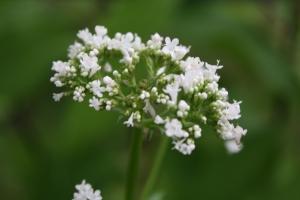
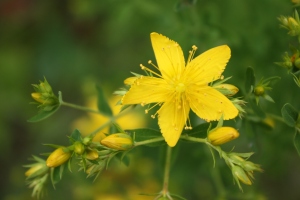



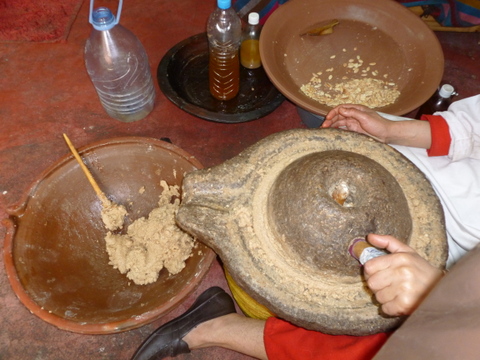


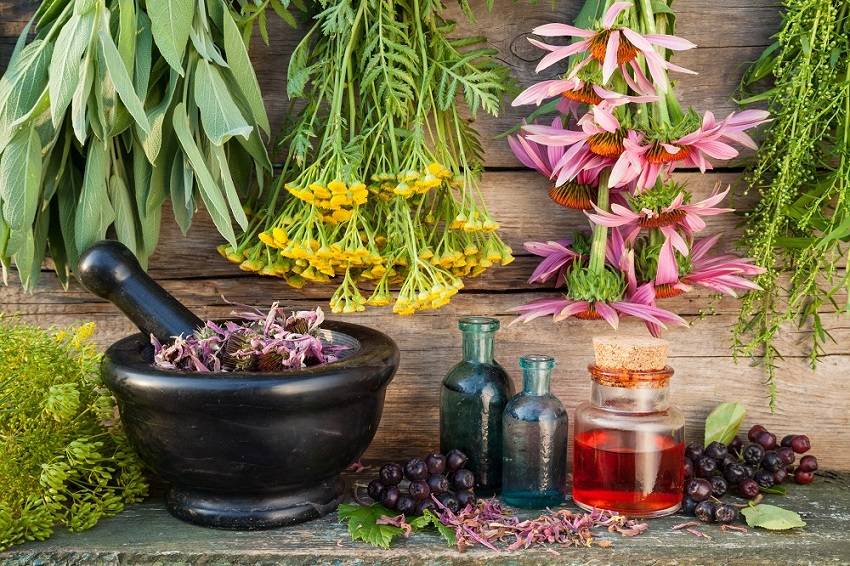
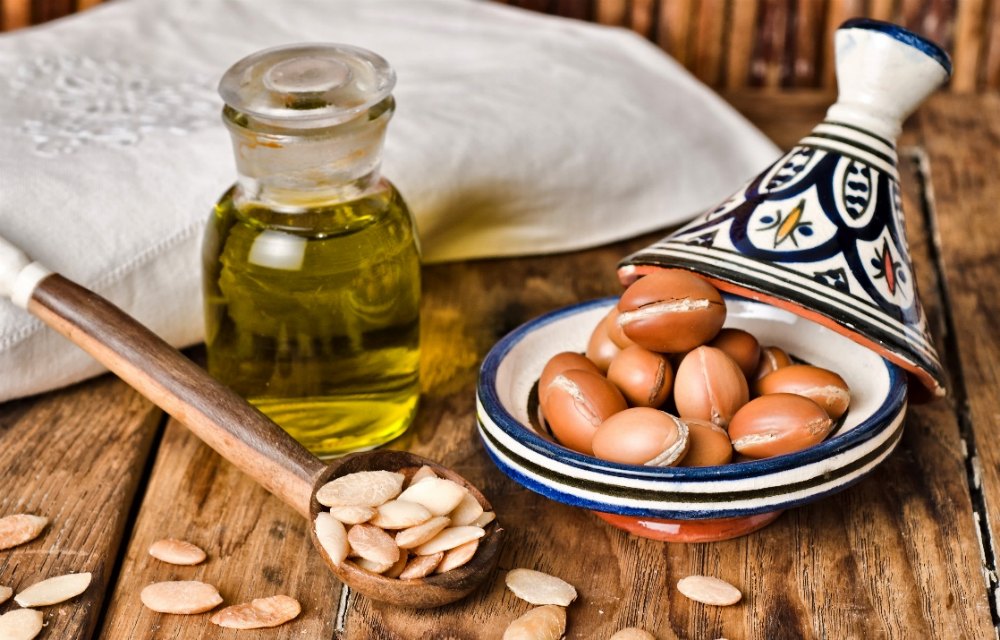


Replies